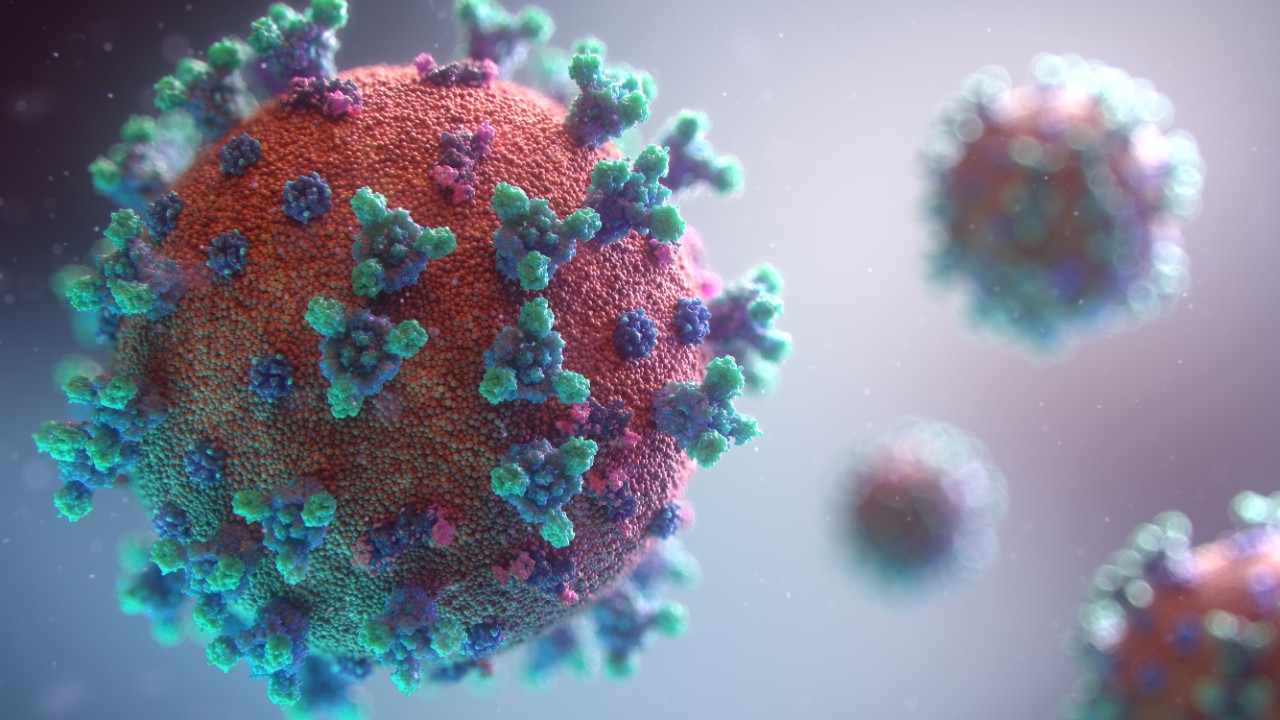
UC researcher uses storytelling to share COVID-19 messages
Words and pictures may help increase science knowledge and spur positive health changes
Communities around the world are implementing a wide variety of tools to battle COVID-19. A researcher at the University of Cincinnati College of Allied Health Sciences (CAHS) is part of a project that uses storytelling and images to help people better understand the purpose and science behind public health recommendations about COVID-19.

Melinda Butsch Kovacic of the UC College of Allied Health Sciences helped develop a communication tool to share messages providing COVID-19 information.
Melinda Butsch Kovacic, PhD, professor in CAHS, is the co-principal investigator of We Engage 4 Health (WE4H), funded by a National Institute of General Medical Sciences’ Science Education Partnership Award (SEPA). WE4H is an academic-community partnership between UC, Cincinnati Children’s Hospital Medical Center, Miami University Center for Chemistry Education and Seven Hills Neighborhood Houses (SHNH) in Cincinnati’s West End neighborhood.
“Storytelling is an important communication tool,” says Butsch Kovacic. “Stories help people better understand and make sense of the world. Stories are important ways that we connect with audiences and can become critical tools in promoting and improving health, particularly in vulnerable populations where health disparities exist.”
WE4H regularly uses the power of stories to increase participants’ understanding of complex health concepts and offers fun and meaningful science activities to empower their participation in their community’s health. In face-to-face programming, WE4H employs storytelling to spur discussion and raise participants’ awareness of specific issues related to wellness and chronic disease, including how genetic predisposition, environment, nutrition and lifestyle impact health outcomes. Seung-Yeon Lee, PhD, associate professor in the CAHS Department of Rehabilitation, Exercise and Nutrition Sciences is a co-investigator and WE4H’s nutrition content area expert.
“Rather than a long list of dry facts, WE4H stories focus on three ‘big ideas’ introduced by the stories’ characters,” says Lee. “The stories include enough emotional detail so that program participants ages 10 through adulthood remember information better and more vividly. The goal is to not only increase their health and science knowledge related to each lesson, but also their self-efficacy or confidence in making positive health changes.”

We Engage 4 Health Coping with COVID-19 illustration
The 15-member WE4H research team includes community members who have informed and guided the creation of stories and activities. They supported the designs of the characters, gave them names as well as individual back stories. Participating community members, including Jackie Humphries, Sheila Nared, Luwana Pettus-Oglesby and Vonnie Tawwab, are also members of the West End Community Research Advisory Board of Cincinnati’s Center for Clinical and Translational Science and Training. The board meets monthly not only to improve the health of those living in their West End neighborhood, but also to inform and advise would-be community-engaged research faculty.

Jazzy and Dr. Breeze, animated figures featured in the WE4H storytelling about COVID-19 public health recommendations
At a recent meeting, WE4H community team members discussed the COVID-19 pandemic and its impact on their community. The team hoped to produce a story that would both capture people’s attention and provoke them to think differently about social distancing, face masks and hand-washing. Led by science writer and graphic designer, Susan Gertz, “Coping with COVID-19” comic-book-style story and video was created. In this story, teenage asthma patient, Jazzy, has a telemedicine visit with her asthma doctor, Dr. Breeze. Jazzy asks many questions about coronavirus, COVID-19 and her risks as an asthma patient. Dr. Breeze gives Jazzy information in an easy to understand and reassuring way.
Follow-up stories, “Soap Surprises” and “Foamy Soap Fun,” detail hand-washing activities that can be done at home. These stories were added to encourage people to delve deeper into the evidence about why hand-washing reduces risk of coronavirus infection and spread. All three are offered within the WE4H “Coronavirus Learning Companion” website.
In the near future, materials will be added to the companion webpage, including stories on how to properly use face masks, the science of vaccine development, why coronavirus testing and vaccination are critical for herd immunity and the process of returning to “normal” everyday life. Butsch Kovacic says since vaccination is the most effective strategy for deterring vaccine-preventable diseases and their complications, these stories will reduce barriers and disparities in participation in coronavirus trials and in the usage of future coronavirus immunization services.
Impact Lives Here
The University of Cincinnati is leading public urban universities into a new era of innovation and impact. Our faculty, staff and students are saving lives, changing outcomes and bending the future in our city's direction. Next Lives Here.
Stay up on all UC's COVID-19 stories, read more #UCtheGood content, or take a UC virtual visit and begin picturing yourself at an institution that inspires incredible stories.
Related Stories
UC College of Nursing Professor honored with AANA education excellence award
December 23, 2025
Susan Newell, assistant professor in the UC College of Nursing, is being recognized by the American Association of Nurse Anesthesiology (AANA) as one of three top educational administrators and instructors. She will receive the Clinical Instructor of the Year Award during AANA's top educator event 2026 EDGE Conference, February 4-7 in Louisville, Kentucky.
Broad co-opportunities
December 18, 2025
Sakura Adachi exemplifies the Bearcat spirit: she works hard, she gives back and she takes full advantage of the opportunities the University of Cincinnati offers.
UC medical students explore ChatGPT’s ability to support qualitative research
December 18, 2025
Newly published research in the journal Medical Science Educator highlights University of Cincinnati College of Medicine student-led work in medical education and examines how artificial intelligence can assist with qualitative research.
